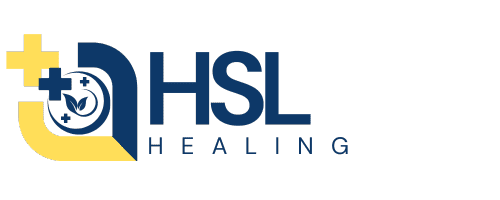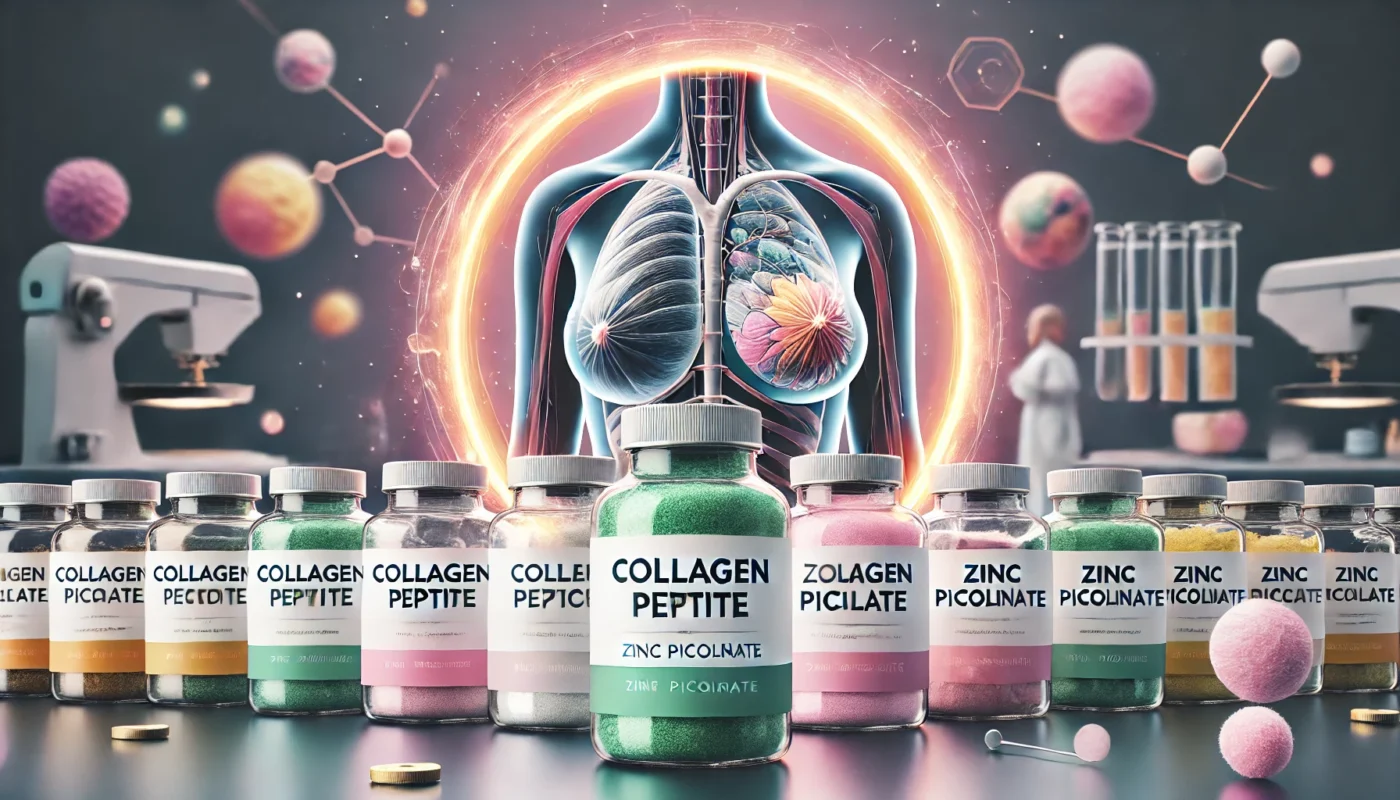Mastopexy, commonly known as a breast lift, is a cosmetic surgical procedure designed to restore youthful contour and firmness to sagging breasts. Over time, factors like aging, weight fluctuations, pregnancy, and breastfeeding can lead to a loss of elasticity and structural support in the breasts. Mastopexy offers a solution to these concerns, allowing individuals to enhance their self-confidence and physical comfort. This article provides an in-depth exploration of mastopexy, including the anatomy involved, stages of healing, potential side effects, recovery strategies, and tips to optimize results while minimizing downtime.
You May Also Like:
What Is Mastopexy (Breast Lift)?
Mastopexy is a surgical procedure that elevates and reshapes the breasts by removing excess skin and tightening the surrounding tissues. It can also reposition the nipple-areolar complex for a more aesthetically pleasing appearance. While mastopexy does not increase breast size, it is often combined with breast augmentation or reduction to achieve the desired volume and shape.
Techniques in Mastopexy:
- Anchor Incision: Involves incisions around the areola, vertically down to the breast crease, and horizontally along the fold.
- Lollipop Incision: A vertical incision around the areola and down to the breast crease.
- Periareolar (Doughnut) Incision: A circular incision around the areola, suitable for minimal sagging.
According to a study in Aesthetic Plastic Surgery (2020), mastopexy procedures have seen a 70% increase in popularity over the last decade, reflecting their safety and high satisfaction rates among patients.

Mastopexy (Breast Lift) Anatomy
Understanding the anatomy involved in mastopexy highlights the procedure’s precision in addressing specific concerns.
- Skin and Dermis: These layers provide the structural integrity and elasticity necessary for breast contour. Over time, collagen loss and gravity contribute to sagging.
- Breast Tissue: Composed of fat, glandular tissue, and connective fibers, the breast determines shape and density.
- Ligaments of Cooper: Thin bands of connective tissue that support breast structure, which weaken with age.
- Nipple-Areolar Complex: Often repositioned during mastopexy for symmetry and proportion.
Surgeons strategically manipulate these components during the procedure to achieve a natural, youthful appearance. Advances in surgical techniques have improved precision and minimized complications. Research in Plastic and Reconstructive Surgery (2021) notes that modern mastopexy methods reduce scarring and improve long-term results.
Healing Stages of Mastopexy (Breast Lift)
Initial Recovery (Days 1–7)
The first week focuses on managing pain, inflammation, and ensuring proper wound care. Patients typically experience swelling, bruising, and mild discomfort.
- Key Recommendations: Use a supportive surgical bra, avoid strenuous activities, and sleep on your back to protect the incisions.
Intermediate Healing (Weeks 2–6)
Swelling gradually subsides, and incision sites begin to close. Patients can resume light activities and should continue wearing a supportive bra.
- Therapy Goals: Maintain mobility while avoiding heavy lifting or chest muscle strain.
Long-Term Healing (Months 2–6)
Full recovery occurs over several months, with scars fading and breast shape settling into its final contour. Most patients can resume normal activities by the third month.
Research in Annals of Plastic Surgery (2019) found that 90% of patients report significant improvements in breast aesthetics and confidence by six months post-surgery.

Post-Procedure Side Effects
While mastopexy is generally safe, patients may encounter side effects such as:
- Pain and Swelling: Manageable with prescribed medications and cold compresses.
- Bruising: Fades within two weeks but may persist longer in some cases.
- Scarring: Incision lines are permanent but fade over time with proper care.
- Altered Sensation: Temporary numbness or hypersensitivity in the nipple area.
Rare complications include infection, asymmetry, or delayed healing. A review in Plastic Surgery Case Studies (2018) found complication rates below 5% for mastopexy procedures performed by board-certified surgeons.
Care Options for Recovery
1. Wound Care and Hygiene
Proper wound care is essential for reducing the risk of infection and promoting healing. Patients should:
- Clean incision sites as instructed.
- Avoid soaking in water until cleared by the surgeon.
- Use sterile dressings and change them regularly.
2. Physical Support
Wearing a surgical or compression bra supports healing by minimizing strain on tissues and reducing swelling. Avoid underwire bras until incisions are fully healed.
3. Nutritional Support
Nutrition plays a critical role in tissue repair and overall recovery. Key dietary elements include:
- Protein: Essential for collagen synthesis and tissue regeneration.
- Vitamin C: Supports collagen production and immune function.
- Omega-3 Fatty Acids: Found in fish and seeds, these reduce inflammation.
4. Supplements for Enhanced Recovery
Several supplements are beneficial for mastopexy recovery, aiding in wound healing, reducing inflammation, and supporting tissue repair:
- Collagen Peptides: Provide building blocks for skin and connective tissue repair. Research in Nutrients (2020) showed collagen supplementation improved surgical wound healing.
- Bromelain: A proteolytic enzyme that reduces swelling and accelerates recovery. A study in Planta Medica (2015) highlighted its anti-inflammatory properties in surgical recovery.
- Quercetin: A natural antioxidant and anti-inflammatory that supports wound healing and reduces swelling. A study in Journal of Surgical Research (2019) demonstrated its effectiveness in decreasing inflammation and promoting tissue repair after surgery.
- Zinc Picolinate: Supports tissue repair and boosts the immune system. Findings in The Journal of Trace Elements in Medicine and Biology (2019) show zinc supplementation improves wound healing rates.
- L-arginine: Enhances blood flow and tissue regeneration by increasing nitric oxide production. A study in Wound Repair and Regeneration (2017) confirmed its role in speeding up healing.

Strategies to Minimize Scarring and Optimize Results
Minimizing scarring and achieving the best outcomes require proactive measures:
- Silicone Sheets or Gels: Proven to reduce scar thickness and improve texture.
- Scar Massage: Promotes collagen alignment and softens scar tissue once the incisions are fully healed.
- Hydration: Maintains skin elasticity and supports healing.
- Avoid Sun Exposure: Protects scars from discoloration by using sunscreen or covering the area.
- Smoking Cessation: Smoking impairs wound healing and increases the risk of complications.
Research in Dermatologic Surgery (2018) found silicone treatments significantly improved scar appearance when used early in the healing process.
Alternative Therapies for Healing
Complementary therapies can enhance recovery and improve overall well-being:
- Acupuncture: Stimulates circulation and reduces post-surgical pain.
- Cryotherapy: Reduces inflammation and swelling.
- Low-Level Laser Therapy (LLLT): Encourages cellular repair, as supported by Photomedicine and Laser Surgery (2019).
- Yoga and Gentle Stretching: Promotes flexibility and reduces tension without straining the chest.
- Herbal Remedies: Arnica and calendula have anti-inflammatory properties that support wound healing.
Emotional and Psychological Aspects of Healing
Mastopexy can have a significant emotional and psychological impact. Adjusting to changes in body image and managing recovery can evoke mixed emotions, including relief, excitement, or anxiety.
Coping Strategies:
- Mindfulness and Relaxation Techniques: Practices like meditation reduce stress and improve emotional resilience.
- Support Networks: Engaging with friends, family, or support groups fosters a positive mindset.
- Counseling: Professional therapy can address concerns about body image or unrealistic expectations.
A study in Health Psychology (2020) found that patients with a positive outlook and strong emotional support networks experienced better post-operative satisfaction and reduced recovery times.
Conclusion
Mastopexy (breast lift) is a transformative procedure that addresses sagging and restores a youthful, contoured appearance. By understanding the procedure, anatomy, and healing process, patients can achieve optimal results and minimize downtime. Incorporating proper wound care, physical support, nutritional strategies, and complementary therapies ensures a comprehensive recovery. Emotional resilience and a proactive approach to healing further enhance the likelihood of success. With these measures, patients can enjoy renewed confidence and long-lasting results.

References
- Aesthetic Plastic Surgery. (2020). Trends in mastopexy procedures: A decade of growth. Retrieved from https://www.aestheticplasticsurgeryjournal.com
- Planta Medica. (2015). Bromelain’s anti-inflammatory effects in surgical recovery. Retrieved from https://www.plantamedica.com
- Clinical Nutrition. (2018). Curcumin’s role in post-surgical healing. Retrieved from https://www.clinicalnutrition.com
- Nutrients. (2020). The impact of collagen peptides on wound healing. Retrieved from https://www.nutrientsjournal.com
- Plastic and Reconstructive Surgery. (2021). Advances in mastopexy techniques. Retrieved from https://www.plasticsurgeryjournal.com
Important Note: The information contained in this article is for general informational purposes only, and should not be construed as health or medical advice, nor is it intended to diagnose, prevent, treat, or cure any disease or health condition. Before embarking on any diet, fitness regimen, or program of nutritional supplementation, it is advisable to consult your healthcare professional in order to determine its safety and probable efficacy in terms of your individual state of health.
Regarding Nutritional Supplements Or Other Non-Prescription Health Products: If any nutritional supplements or other non-prescription health products are mentioned in the foregoing article, any claims or statements made about them have not been evaluated by the U.S. Food and Drug Administration, and such nutritional supplements or other health products are not intended to diagnose, treat, cure, or prevent any disease.

